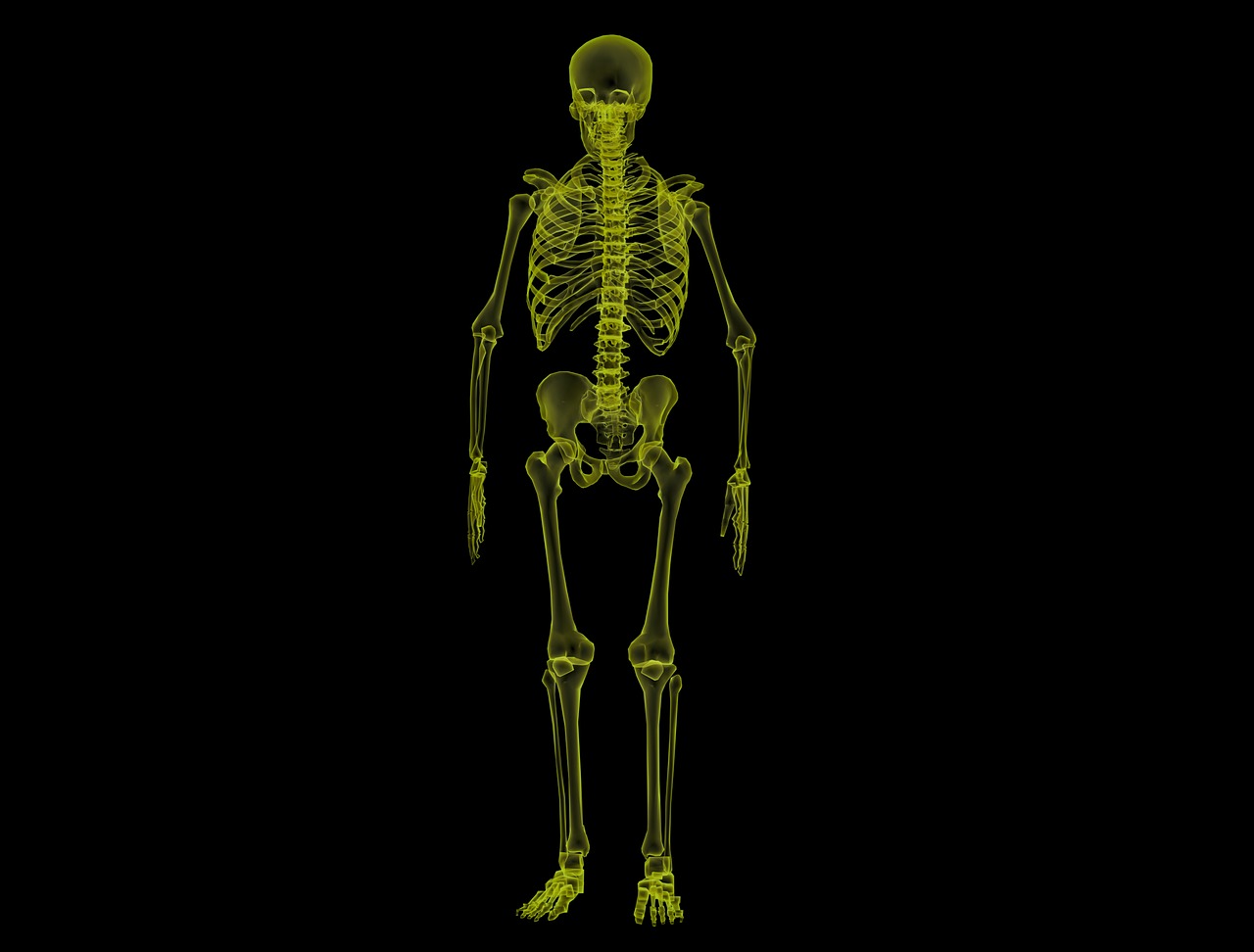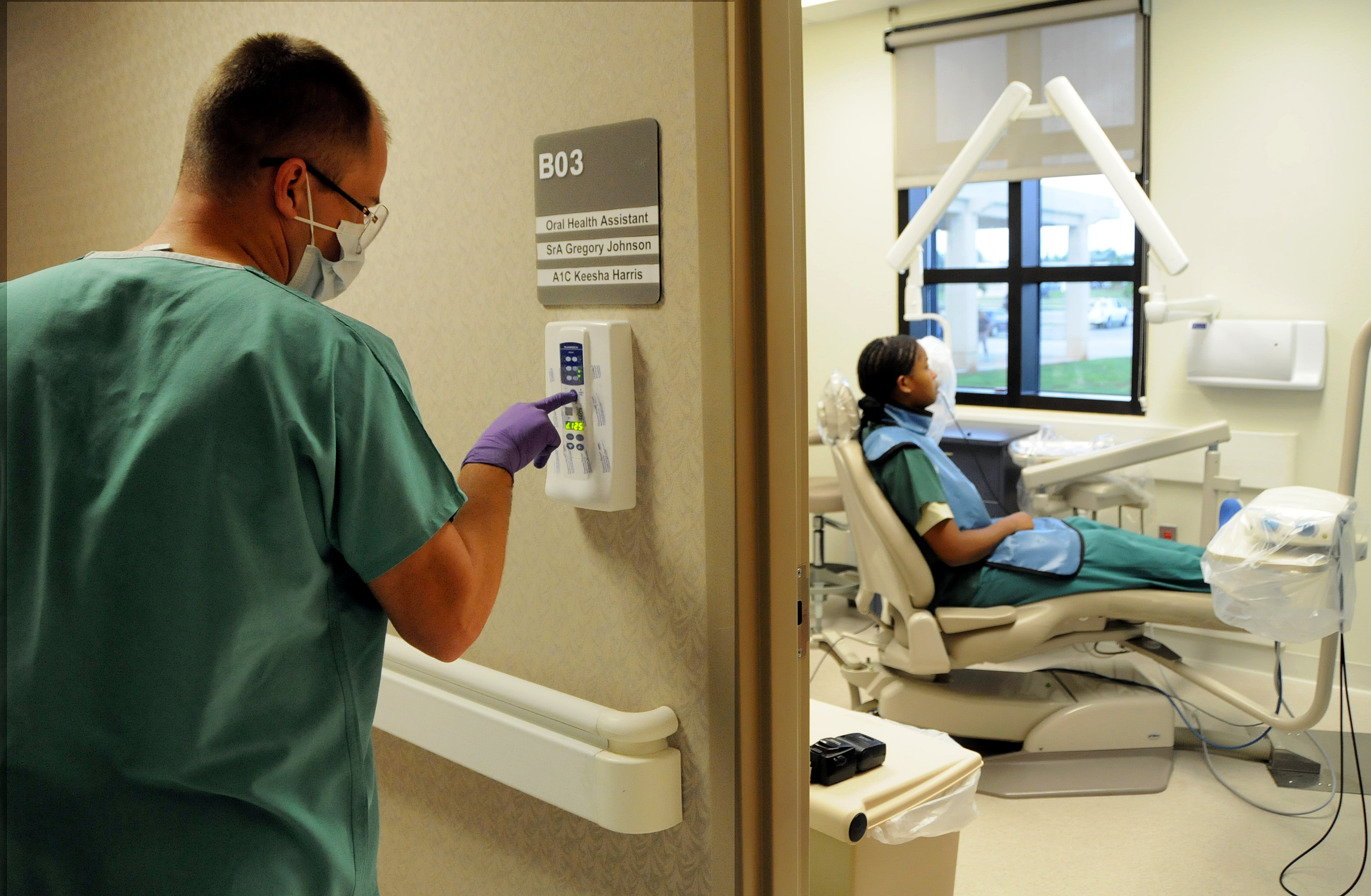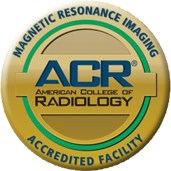What Do X-Rays, Airplanes, and Couples Have in Common?
Exposure.
 |
When you have an X-ray conducted to determine an injury diagnosis, you wear a lead shield to avoid radiation exposure right? Well, you aren’t alone if the thought has ever crossed your mind when walking through the airport security check? Many have asked why don’t we were shields when walking through the full body x-ray scans at TSA check-ins or while running our carry-on luggage through the conveyor? Is the exposure you might encounter harmful? Do airport scanners emit the same dangerous radiation as an x-ray machine in a doctors office? What’s the difference? & What are the risks? Radiation "Risks"For reference, lets first understand radiation measurements. 10,000 millirem is considered the danger threshold. Radiation exposure is dependent on multiple factors including the wavelength of the radio waves used in imaging and the density of the area being x-rayed. |
 |
Radiation Risks in the AirportTSA says there is no significant risk of an Airport Scan due to the extremely low dose of radiation from the airport scanners. One scan might deliver 0.005 to 0.01 millirem - far, far below the “danger zone.” Radiology experts find it ironic that there is such a fear of the x-ray scanner when the radiation exposure received from Flying in an Airplane is much higher than simply walking through the x-ray scanner itself. The reason is that cosmic radiation to which we're all exposed every day gets more intense the higher in altitude you go. If you climb a mountain or go up in an airplane, your exposure will be elevated. |
 |
Your Jaws and Other Joints Require Different Amounts of Radiation for Quality ImagingDentists typically require dental x-rays each year. One panoramic X-ray of your jaw might deliver 2 millirems. Conventional dental X-rays, with butterfly films, deliver about 0.5 each image, but even those are much more than an airport scanner. Furthermore, a typical chest X-ray delivers about 10 millirems whereas an X-ray of the hips might deliver up to eight times as much. (80 Millirem) This is because the bones in your hips are bigger and denser, requiring more radiation to produce good images. |
 |
Radiation Risks From The
|
Advancing medicine and emerging technologies are constantly evolving and developing ways to minimize the risk of dangerous exposure and health risks, especially when it comes to radiography (X-ray imaging). The truth is that it’s all around us. From Grand Central Station to your living room lamp’s energy efficient light bulb to cuddling up with your kiddos and spouse. We hope you enjoyed reading these mind-blowing comparisons of radiation risks. Click here for more information.


